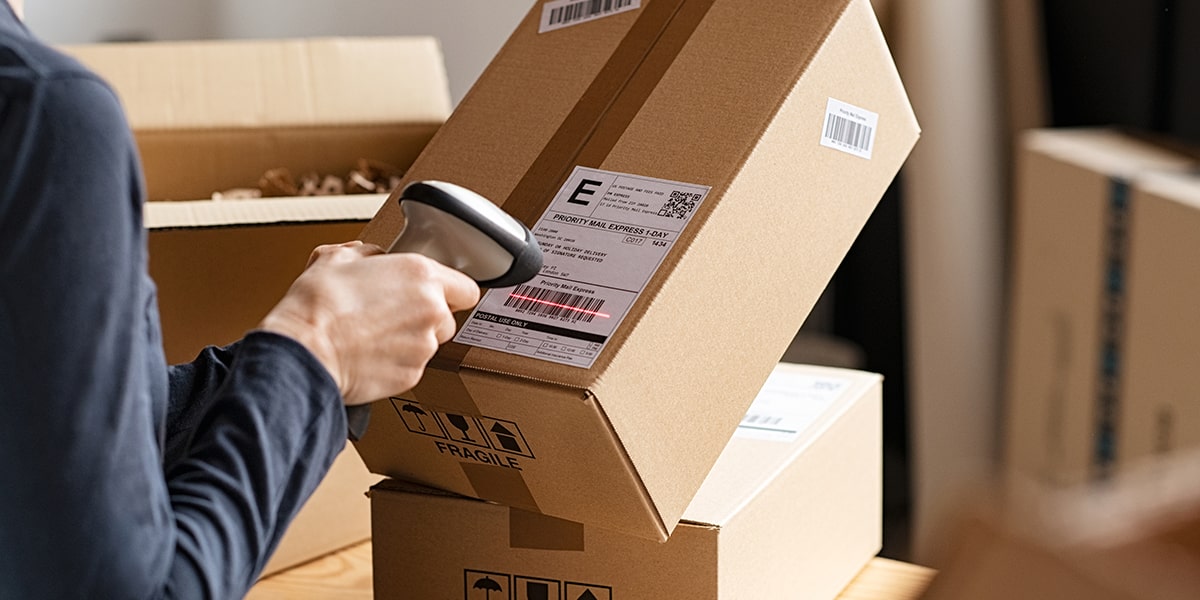Phthalate Content Testing in Packaging Materials
The use of phthalates in packaging materials has been a subject of increasing scrutiny due to their potential impact on human health and the environment. Phthalates are widely used plasticizers that enhance flexibility, durability, and transparency in various plastics. However, some phthalates have been linked to endocrine disruption, reproductive toxicity, and other adverse effects, prompting regulatory bodies like the U.S. Environmental Protection Agency (EPA), the European Union's Registration, Evaluation, Authorization, and Restriction of Chemicals (REACH) regulation, and others to set stringent limits on their use.
Phthalates are found in a wide range of packaging materials including plastic bottles, containers, bags, and lids. They can migrate from these materials into food or beverages, potentially exposing consumers to harmful levels. This is why thorough testing for phthalate content is essential for ensuring compliance with relevant regulations and protecting public health.
Our laboratory employs state-of-the-art analytical techniques, including Gas Chromatography-Mass Spectrometry (GC-MS), Liquid Chromatography-Tandem Mass Spectrometry (LC-MS/MS), and Fourier Transform Infrared Spectroscopy (FTIR). These methods allow for precise quantification of phthalate concentrations in packaging materials. Our team of experts ensures that all tests are conducted according to international standards such as ISO 8152, ASTM D7929, and EN 14362.
Specimen preparation involves carefully selecting representative samples from the packaging material. The samples are then cleaned and prepared for analysis using methods tailored to the specific phthalate compounds being tested. This ensures accurate measurement of phthalate content without interference from other components in the sample. Once the specimens have been prepared, they undergo rigorous testing, which may include extraction processes designed to release any migrating phthalates into a solution suitable for detection.
The results of our tests are meticulously reported with detailed information on detected phthalate compounds and their respective concentrations. Compliance with regulatory limits is clearly indicated in our reports, along with recommendations for corrective actions if necessary. Our service not only helps clients ensure compliance but also enhances brand reputation by demonstrating a commitment to safety and quality.
By partnering with us for phthalate content testing, businesses can rest assured that their packaging materials meet stringent regulatory requirements and are safe for consumer use. This proactive approach to quality control is crucial in today’s competitive market where trust and reliability are key factors influencing consumer choice.
Why It Matters
The importance of phthalate content testing in packaging materials cannot be overstated, especially given the increasing awareness about chemical safety issues. Phthalates are used extensively in many types of plastic packaging to improve its flexibility and durability. However, certain phthalates have been found to interfere with human hormone systems, leading to concerns regarding their potential impact on health.
Regulatory agencies around the world have responded by implementing strict regulations aimed at controlling or banning the use of specific phthalates in consumer products. For instance, the European Union’s REACH regulation restricts several phthalates commonly used in packaging materials. Similarly, the U.S. EPA has set standards for allowable levels of phthalates based on their health risks.
Compliance with these regulations is not only a legal requirement but also essential for maintaining consumer trust and protecting brand reputation. Non-compliance can result in product recalls, fines, and damage to corporate image. Therefore, it is imperative for companies involved in the production or distribution of packaging materials to conduct thorough phthalate content testing as part of their quality assurance protocols.
Testing helps identify any unintended migration of phthalates from packaging into contained products like food items or beverages. It ensures that consumers are not exposed to potentially harmful levels of these chemicals, thereby safeguarding both individual health and public welfare.
Quality and Reliability Assurance
Ensuring the quality and reliability of packaging materials is critical for maintaining product safety standards. Our laboratory provides comprehensive testing services that go beyond simple detection to include detailed analysis aimed at enhancing overall product integrity. By leveraging advanced analytical techniques, we offer precise measurements of phthalate content in various packaging substrates.
| Test Method | Description | Target Phthalates Detected |
|---|---|---|
| Gas Chromatography-Mass Spectrometry (GC-MS) | Sensitive and accurate method for identifying trace levels of phthalates. | Dibutyl phthalate (DBP), Diethylhexyl phthalate (DEHP), etc. |
| Liquid Chromatography-Tandem Mass Spectrometry (LC-MS/MS) | Highly selective for detecting even minute quantities of phthalates. | Dibenzyl butylphthalate (DBBP), Di-n-butyl phthalate (DPnB), etc. |
| Fourier Transform Infrared Spectroscopy (FTIR) | Rapid screening tool for initial assessment of suspected materials. | Detects presence but not quantifies specific phthalates directly. |
The combination of these methods allows us to provide robust data that supports decision-making processes related to material selection and process optimization. Our commitment to accuracy extends beyond just testing; it includes providing expert advice on how best to address any issues identified during our evaluations, ensuring continuous improvement in quality management practices.
Use Cases and Application Examples
In the realm of consumer products and product safety testing, phthalate content testing plays a pivotal role. Here are some real-world scenarios where this service is particularly relevant:
Scenario 1: New Product Development
- When introducing new packaging designs or materials into the market, it’s crucial to test for any potential migration of phthalates.
- This helps ensure that no harmful compounds are inadvertently transferred from the packaging to the product inside.
Scenario 2: Regulatory Compliance Audits
- Demonstrating compliance with international standards like ISO, ASTM, and REACH is often required during routine audits by regulatory bodies.
- We assist clients in preparing comprehensive reports that meet these stringent requirements.
Scenario 3: Consumer Health Concerns
- Responding to growing public concern over chemical exposure, companies may proactively conduct internal tests or seek independent verification of their packaging safety measures.
- This not only addresses immediate concerns but also strengthens brand loyalty and consumer trust.
Scenario 4: Product Recall Prevention
- Identifying issues early through thorough testing can prevent costly recalls later on.
- Our services help manufacturers stay ahead of potential risks by providing timely insights into packaging safety.





